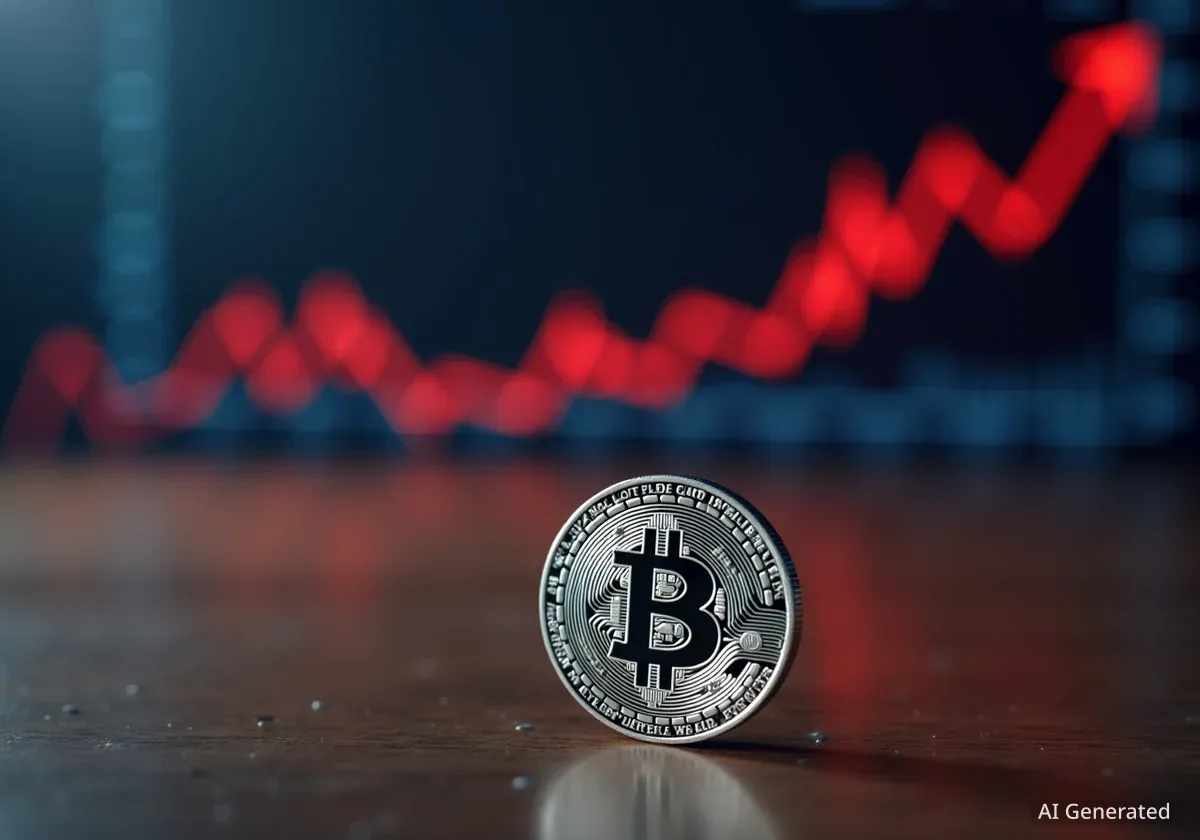Atlanta Federal Reserve President Raphael Bostic has indicated there is little justification for further interest rate cuts at this time, citing persistent concerns over high inflation. In a statement to the Wall Street Journal on Monday, Bostic revealed a cautious outlook, suggesting only a single rate reduction may occur throughout 2025.
His remarks underscore a challenging period for central bank policymakers, who are balancing the risks of elevated inflation against potential economic slowdowns. Bostic also projected that inflation may not return to the Federal Reserve's 2% target until 2028, signaling a prolonged period of careful monetary management.
Key Takeaways
- Atlanta Fed President Raphael Bostic sees little reason for additional interest rate cuts in the current economic environment.
- Bostic has penciled in only one rate cut for the entirety of 2025, reflecting a cautious monetary policy stance.
- He expressed significant concern that inflation has remained too high for an extended period.
- His long-term forecast suggests inflation will not reach the Fed's 2% target until 2028.
Bostic Outlines Cautious Monetary Policy Path
In his discussion with the Wall Street Journal, Raphael Bostic provided a clear view of his current thinking on monetary policy. He emphasized that the fight against inflation is far from over, leading him to advocate for a patient approach to any potential rate adjustments. This perspective was reflected in his personal projection following the Federal Reserve's meeting last week, where he accounted for just one quarter-point rate cut in 2025.
Bostic described the current situation as one of the most complex periods for central bankers. He noted that policymakers are navigating an environment where the risks of persistent inflation and a cooling economy are both significant. This dual threat complicates decisions on whether to ease or tighten monetary policy.
"I am concerned about the inflation that has been too high for a long time," Bostic stated, highlighting the primary driver of his hesitant stance on rate reductions.
His comments suggest that the central bank should prioritize bringing inflation under control before considering a significant easing of financial conditions. This aligns with a more hawkish perspective, which favors tighter monetary policy to curb price pressures.
A Long Road Back to 2% Inflation
One of the most significant points from Bostic's interview was his long-term inflation forecast. He stated that he does not expect inflation to return to the Federal Reserve's official 2% target until 2028. This four-year timeline is a sober assessment of the challenges involved in restoring price stability.
What is the Fed's Inflation Target?
The Federal Reserve has a dual mandate: to achieve maximum employment and maintain price stability. Price stability is defined as an annual inflation rate of 2%. When inflation runs consistently above this target, the Fed typically raises interest rates to cool down the economy and reduce price pressures.
Bostic's projection implies that interest rates may need to remain at relatively restrictive levels for an extended period to ensure inflation is on a sustainable downward path. This outlook tempers market expectations for a quick series of rate cuts that would lower borrowing costs for consumers and businesses.
His concern is rooted in the observation that inflation has been stubbornly above target for a prolonged time, potentially embedding higher price expectations into the economy. Undoing this requires a sustained commitment to restrictive policy, even if it means slower economic growth.
Market Reaction and the US Dollar
Financial markets reacted to Bostic's comments, interpreting them as hawkish. The FXStreet Fed Speech Tracker, which analyzes the tone of Fed officials' statements, assigned his remarks a hawkish score of 7.2. A hawkish stance generally supports a stronger currency, as higher interest rates attract foreign investment.
Despite the hawkish tone, the US Dollar Index (DXY), which measures the dollar's value against a basket of other major currencies, experienced modest downward pressure. On the day of the comments, the DXY was last seen trading down 0.22% at 97.42.
US Dollar Index (DXY) Movement: The index fell by 0.22% to 97.42, indicating that other market factors were also influencing currency valuations despite Bostic's hawkish remarks.
This movement suggests that while Bostic's individual view is noted, the broader market sentiment may still anticipate an eventual easing of policy. The FXStreet Fed Sentiment Index, for example, remained in dovish territory, indicating an overall market expectation for future rate cuts.
Understanding the Federal Reserve's Tools
The Federal Reserve, as the central bank of the United States, utilizes several tools to manage the economy and achieve its dual mandate. Understanding these tools provides context for statements like those from President Bostic.
Interest Rate Adjustments
The primary tool of the Fed is the federal funds rate, which is the interest rate at which banks lend to each other overnight. By raising or lowering this target rate, the Fed influences borrowing costs throughout the entire economy, from mortgages and car loans to corporate bonds.
- Raising Rates: When inflation is high, the Fed raises rates to make borrowing more expensive. This discourages spending and investment, slowing economic activity and curbing inflation. Higher rates typically strengthen the US Dollar.
- Lowering Rates: To combat unemployment or a recession, the Fed lowers rates to encourage borrowing and spending, which stimulates economic growth. This usually weakens the US Dollar.
Quantitative Easing and Tightening
In more extreme economic situations, the Fed may use its balance sheet to influence financial conditions. These policies are known as Quantitative Easing (QE) and Quantitative Tightening (QT).
Quantitative Easing (QE) is a process where the Fed purchases government bonds and other securities from the open market. This action increases the money supply and encourages lending and investment. QE was used extensively during the 2008 financial crisis and the COVID-19 pandemic to support the economy. It generally has a weakening effect on the US Dollar.
Quantitative Tightening (QT) is the reverse of QE. During QT, the Fed reduces its holdings of securities, either by selling them or by not reinvesting the proceeds from maturing bonds. This process removes money from the financial system, effectively tightening monetary conditions. QT is typically seen as positive for the US Dollar's value.
Bostic's focus on interest rates reflects the Fed's current primary approach, but the status of its balance sheet remains a key component of its overall policy stance.





